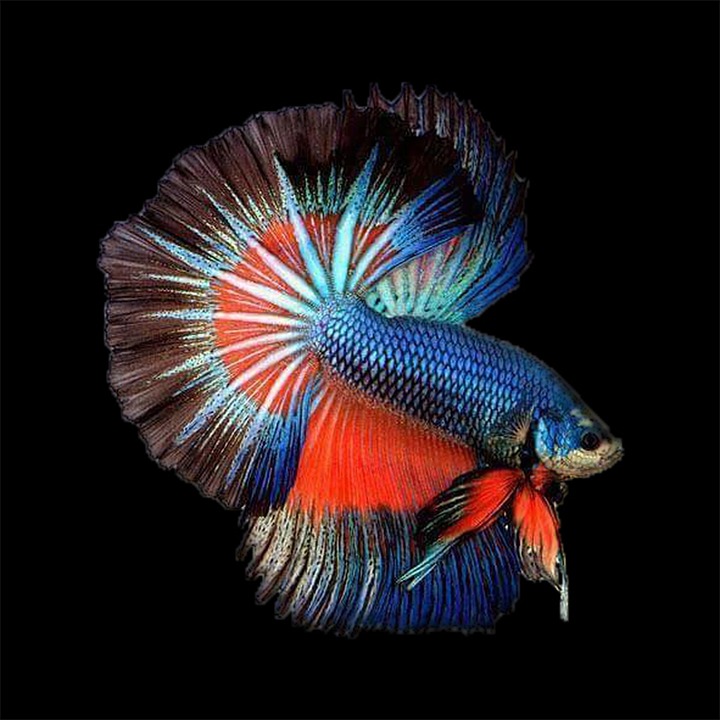Keeping a fish tank can be a rewarding hobby, but it also comes with its fair share of responsibilities. One common health issue that many aquarium owners encounter is fin rot. This condition, if left untreated, can be detrimental to the overall health and wellbeing of your fish. In this article, we will delve into the causes, symptoms, and treatment options for fish tank fin rot, ensuring that you can provide the best care for your aquatic companions.
Fin rot, also known as tail rot or fin erosion, is a condition that affects the fins of fish. It is characterized by the deterioration and disintegration of the fin tissue, which can lead to open sores and infections. Fin rot can affect all types of fish, but it is most commonly seen in betta fish and goldfish.
There are different types of fin rot, including bacterial fin rot and fungal fin rot. Bacterial fin rot is caused by bacteria, such as Aeromonas or Pseudomonas, that infect the fish’s fins. Fungal fin rot, on the other hand, is caused by fungal pathogens, such as Saprolegnia or Achlya.
There are several causes of fish tank fin rot. Poor water quality is one of the main culprits. High levels of ammonia and nitrite in the water can stress the fish and weaken their immune system, making them more susceptible to fin rot. Additionally, a pH imbalance in the water can also contribute to the development of fin rot.
Stress and overcrowding in the fish tank can also lead to fin rot. When fish are stressed, their immune system becomes compromised, making them more prone to infections. Overcrowding can increase stress levels and create an environment that promotes the spread of bacteria and fungi.
Inadequate nutrition can also play a role in the development of fin rot. Fish that are not receiving a balanced diet may have weakened immune systems, making them more susceptible to infections and diseases.
Bacterial and fungal infections are another common cause of fin rot. Bacteria and fungi can enter the fish’s body through small cuts or injuries in the fins and cause infections that lead to fin rot.
Symptoms of fin rot can vary depending on the severity of the condition. Common signs include frayed or disintegrating fins, faded or discolored fins, inflammation and redness, and sluggish behavior. In severe cases, open sores and ulcers may also be present.
To diagnose and treat fin rot, it is important to identify the underlying cause. Regular monitoring of water quality is crucial, and regular water changes should be performed to maintain optimal conditions. A proper filtration system is also essential to remove toxins and keep the water clean.
Medications and treatments may be necessary to treat fin rot. Antibiotics can be used to treat bacterial infections, while antifungal medications can be used for fungal infections. Salt baths can also be effective in treating fin rot by promoting healing and preventing further infections.
In some cases, it may be necessary to isolate and quarantine fish with fin rot to prevent the spread of the infection to other fish in the tank.
Prevention is key when it comes to fin rot. Maintaining optimal water conditions, providing a balanced diet, and reducing stress factors can greatly reduce the chances of this condition occurring. Regular fish health checks should also be conducted to catch any early signs of fin rot.
In conclusion, by understanding the causes, symptoms, and treatment options for fish tank fin rot, you can ensure the health and happiness of your aquatic pets. Regular monitoring of water quality, providing a balanced diet, and reducing stress factors will greatly reduce the chances of this condition occurring. Remember, prevention is key, and prompt action is crucial if fin rot does occur. With proper care and attention, you can maintain a thriving and vibrant aquarium for years to come.









